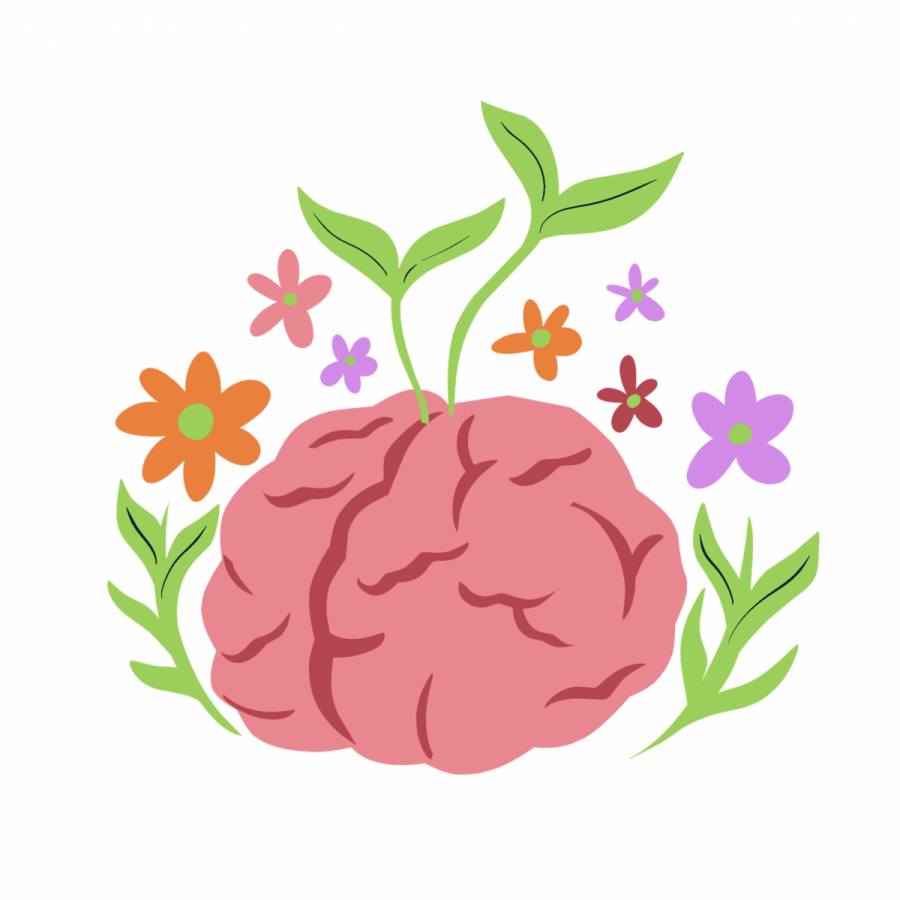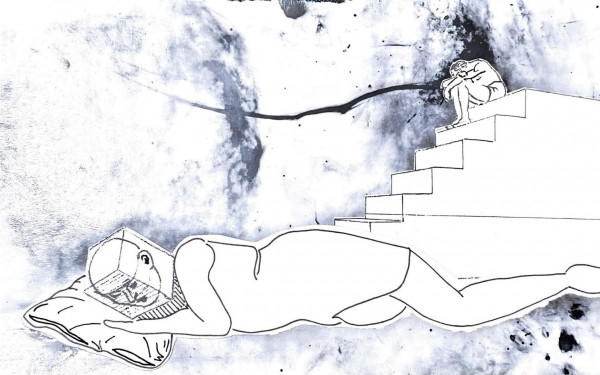Post-secondary students’ continued struggle with mental health
Are universities doing enough to help students who are struggling?
When Concordia student Gabriella Meyer tried to access therapy via Concordia’s mental health services, she was denied. “I got a message: ‘Sorry, we just have to triage different cases,’” she said. “I just basically got a message that they couldn’t help.”
Meyer’s experience may not be an uncommon one. According to a 2022 report commissioned by the Canadian Alliance of Student Associations (CASA) in collaboration with the Mental Health Commission of Canada, one in three students reported that the mental health services offered at their universities did not meet their diverse needs.
Meyer accessed therapy through a program at McGill that allows graduate students to provide therapy to some willing participants. Still, she thinks mental health resources need to be easier for students to access. “I just wish that they had enough councillors to offer people,” she said. “We pay a lot of fees and I feel like that should be something that’s covered.”
According to clinical psychologist Dr. Perry Adler of the Montreal Jewish General Hospital, mental health struggles among postsecondary students have always been prevalent, though they have gotten worse in recent years.
Adler pointed to a number of reasons for this, one of them being the increased difficulty to achieve the same lifestyle they grew up with. “People now are having to work a lot more hours—get much higher education—to afford the same lifestyle as past generations,” Adler said.
“People are feeling more pressured to truly distinguish themselves academically, so they can get the highest level jobs, so that they can maintain the lifestyle that they hope would be equivalent to their parents,” Adler added. “That’s a lot of pressure.”
That pressure can lead to dire consequences. In 2016, 13 per cent of students surveyed for an American College Health Associaion-National College Health Assessment said they had seriously considered suicide.
A 2020 study commissioned by the Quebec Student Union (QSU) reported that seven per cent of respondents had experienced suicidal thoughts, and that three per cent had attempted to take their own lives.
Luc Massicotte, Interim CEO of the Association Québécoise de Prévention du Suicide said that the COVID-19 pandemic resulted in more people reaching out for help, including students. “They (students) note an impact of online class and less contact with their friends and their colleagues in class on campus,” Massicotte said. “But the good news is that there’s no more suicide since then and no more mortality or death by suicide.”
Canada’s suicide rate has decreased over recent years, but according to a 2023 study by the Centre for Addiction and Mental Health, Canada had the sixth highest suicide rate in 2019 when compared to 33 other countries in North, South and Central America.
According to the CASA report, which surveyed 2,000 postsecondary students, 75 per cent of students surveyed reported that their mental health had worsened due to the COVID-19 pandemic.
The 2020 QSU study, which surveyed 1,209 students across 17 universities in the province, reported that 52 per cent of respondents felt they needed psychological support, but that the majority of them did not seek help, citing lack of funds and time.
Adler said this is partly a result of an underfunded mental health system in the province. “The government is losing, or has lost, so many psychologists because they're being so grossly underpaid for their expertise.”
He explained that psychologists are paid much less in the public sector. “They'll come to the top of pretty much $55 an hour, whereas in private practice, they earn between $150 to $400 an hour.”
But Massicotte believes there are useful programs out there for people struggling. “Students can find some professional and available help easily in their university, but also in their region, communities, city,” he said. “Don't be shy to use it and call for help.”
This article originally appeared in Volume 44, Issue 5, published October 31, 2023.


_600_832_s.png)



_600_375_90_s_c1.jpg)
_600_375_90_s_c1.jpg)